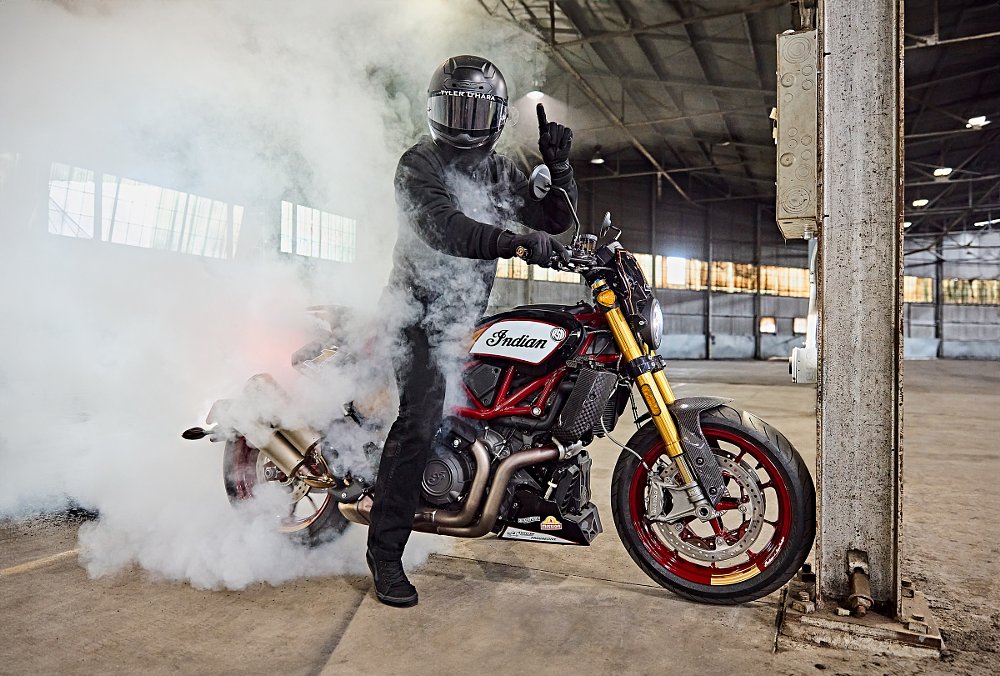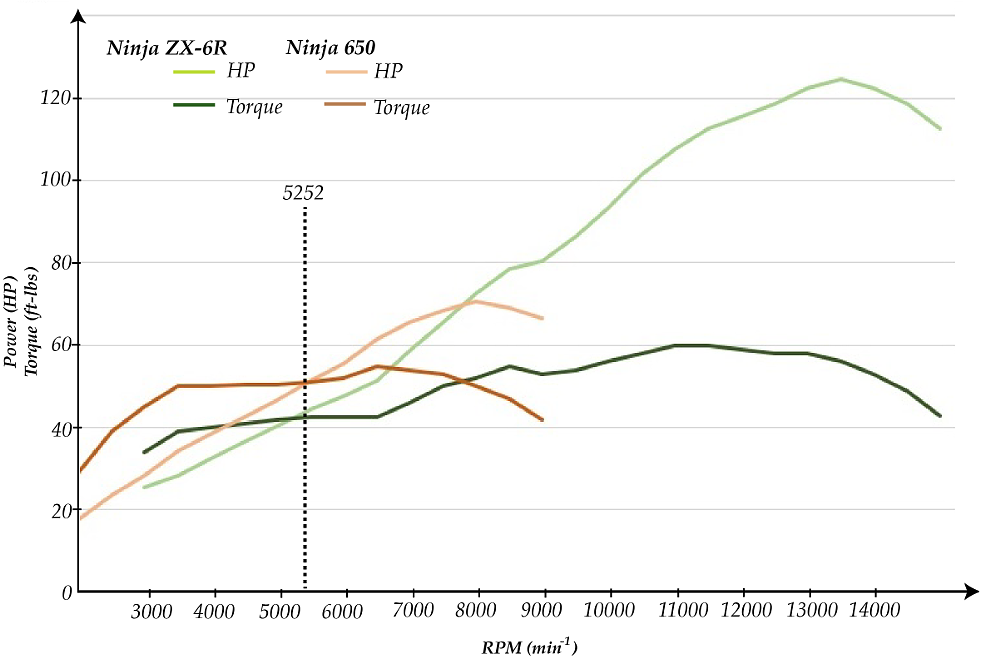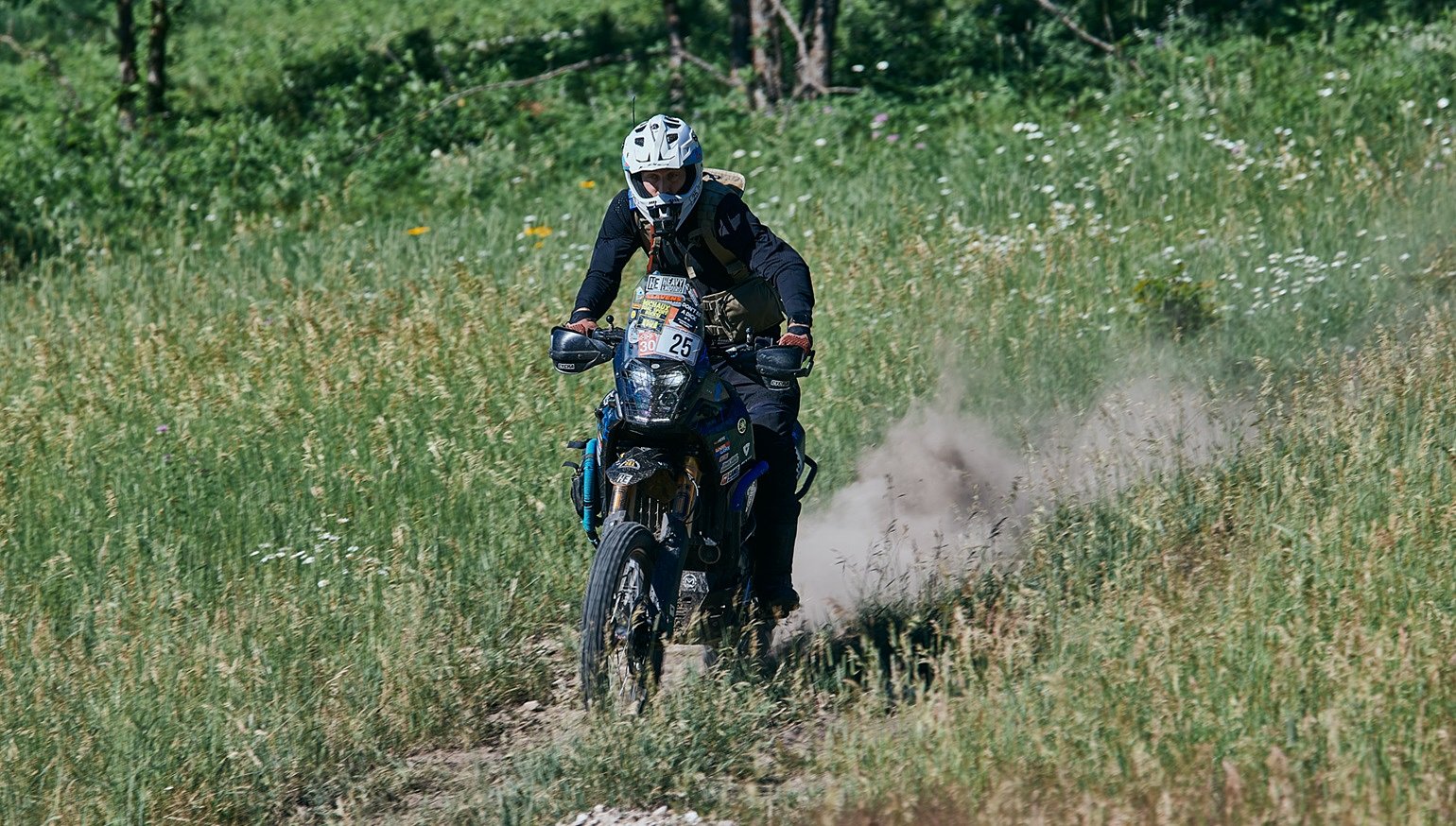Type "torque horsepower" into Google and the battle begins.
You'll be inundated with titles like "Torque versus Horsepower," "Torque or Horsepower, which do you need?" or "Which one is more important?" Incorrect definitions of these two quantities continue to distort our understanding of torque and horsepower in motorcycles and how they affect our ride.
A recent episode of The Shop Manual took on the daunting task of explaining torque and horsepower. Off the bat the oversimplification that equated torque with acceleration and horsepower with speed puts the two topics in separate arenas, implying torque and horsepower get you different things. While we will show this to be true for a very small range of riding conditions, it confuses how these two quantities affect your everyday motorcycle riding.
The torque-horsepower relationship is not adversarial. An accelerating object requires energy (kinetic) to increase its velocity. Horsepower is a measure of the rate at which that energy is transferred from the engine to the rear wheel: the more horsepower, the more energy gets transferred in a given time, resulting in greater acceleration. All torque serves to do is act as the conduit of that energy, to supply the force at the rear wheel that moves the bike forward.
As explained in The Shop Manual video, horsepower and torque are related. Horsepower = torque x rpm/5,252. It's important to recognize that the torque is a function of time. In a four-stroke engine, each time the engine goes though one cycle, the chemical explosion of the gas imparts torque to the piston, which then transmits the energy (in the form of increased crankshaft velocity) down the crankshaft, through the gears and eventually to the rear wheel. How fast the energy (or velocity) of the crankshaft increases depends on how many times per second the spark plug fires, which is why the engine rpm is important. Both the magnitude of the pulse and the number of times this pulse repeats will determine how quickly the velocity of the crankshaft increases.
Given this symbiotic relationship between torque and horsepower, it's time to move on from the most-quoted relationship between the two: the wall analogy. In the wall analogy, horsepower is equated to the speed at which you hit the wall and torque to the distance you move the wall when you run into it. Not only is this analogy incorrect, it makes the same mistake that we have a hard time getting away from. That is the notion that horsepower accomplishes one thing and torque another.
A better analogy would be to compare horsepower and torque to Thor and his hammer. Thor provides the energy to accomplish his task and the hammer is the means to execute that task. No one ever asks "Thor versus his hammer, which is more important?" It is understood they different do things that combine to serve a purpose. Torque and horsepower play the same role.

So where do these incorrect or incomplete notions come from? I think there are a few sources behind this, two of which I'd like to highlight here.
The first is that there is some truth to these ideas. Take Ari's "torque is acceleration and horsepower is speed" simplification. There are ranges of motorcycle operation where that statement is true. Horsepower determines the ultimate top speed the motorcycle can achieve. This is because at top speed the energy per second put into motion by the engine is exactly balanced by the dissipative effects like wind resistance and rolling resistance of the tires. At the other end of the speed spectrum, the ability of an engine to get a motorcycle moving from a dead stop under load (like the weight of the motorcycle, a hill it needs to climb or, perhaps most importantly, when towing an object) depends only on magnitude of the torque. It is at these extremes, pulling from a stop or holding top speed, that torque and horsepower take on their own identity. But we spend a small percentage of our riding time pulling away from a standstill or flat out at top speed.

The second source of confusion is due to the way we historically plot horsepower and torque curves. These curves plot the values of horsepower or torque on the y-axis as a function of engine speed (rpm) on the x-axis. The magnitude of horsepower and torque are often scaled in such a way that they cross at 5,252 rpm, arising from (as Ari pointed out) converting between typical SI units and the silly horse-based unit of horsepower [for an interesting article about the creation of this funny unit, see H. L. Smith Am. J. Phys. 4, 120 (1936)]. For engine speeds below 5,252 rpm, the torque curve is above the horsepower curve and at higher engine speeds the horsepower curve is on top. This gives the sense that torque dominates the engine performance at low rpm and horsepower at the higher rpm.
So does a high-torque bike make any difference in the feel of the motorcycle's performance? If we talking just about straight-up acceleration, the answer is no. Acceleration is only determined by horsepower, which comes from combination of torque and rpm (the rate at which torque is applied). But in terms of feel, horsepower is not the only relevant number, even if you’re not trying to tow a heavy load.
While there were a lot of good items in The Shop Manual's explanation of torque and horsepower, it fell into the trap of having these two quantities as accomplishing different goals. The main thing to remember is they are working in conjunction to accelerate your ride down the road. So the next time someone asks about the difference between torque and horsepower, think Thor and his hammer, not Thor versus Loki.

 Membership
Membership





